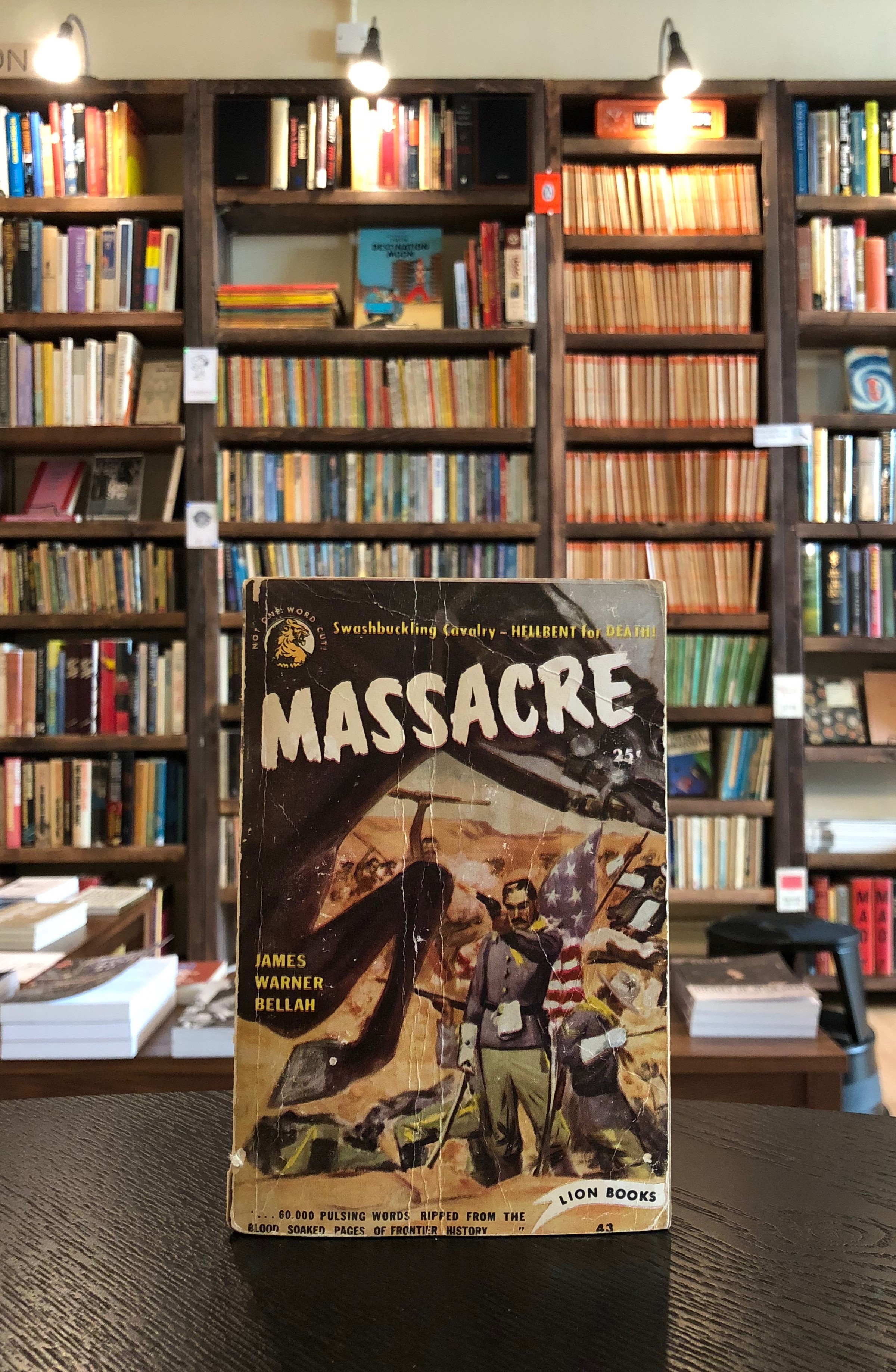Below is our November 2018 edition of ‘Coming Up For Air’, a monthly column we write for Ming Pao’s English language section, reprinted here in its entirety with the permission of the folks at Ming Pao.

Coming Up For Air: Grey, Grizzled but Still Going
by Albert Wan
November 16, 2018
【明報專訊】This past October we quietly celebrated our first birthday. It was around this time last year when we signed our lease to become what we jokingly refer to as the world’s first and only 27th floor bookshop. Since then we’ve learned a thing or two about the book-selling business.
One is that appearances matter. Before we opened our bookshop we believed that as long as we stocked good books — crudely defined as literature and non-fiction that has stood or will stand the test of time — sales will follow. To borrow from the great anonymous prophet of Iowa: “If you stock it, they will come.”
To a great extent that is still true. Good books sell themselves. Period. Full stop.
But being on the 27th floor also means that the bookshop is, for better or worse, largely hidden from the gaze of the passing pedestrian — the all-important marker of retail success, or failure.
We realised very early on then that there was no getting around social media as a platform to promote the bookshop and our books. Call it bookselling in the age of screens and high rents, but it’s become a core part of who we are and what we do. We have become social media junkies.
If you’ve seen our Facebook or Instagram posts, however, you know that we don’t take the “kitchen sink” approach to social media.
Rather, when we come across a book we want to feature on social media either because it has interesting content or nice cover art, or, ideally, both, we work hard to create an eye-catching and well-written post that we hope will evoke in our followers the same warm and fuzzy feeling we had when we first came across the book at issue.
To us it is about featuring the book in its entirety, rather than just, say, its cover, which can be a very easy thing to do in today’s age of high definition cameras and Instagram filters. It’s no surprise then that the copy in our posts has become lengthier and more detailed as we’ve tried to strike the right balance between aesthetics and content. A caption we wrote for a recent post featuring the English translation of Hsu Hsia-k’o’s(徐霞客)— China’s Thoreau — travel diaries came in at 127 words!
Another lesson we’ve learned is the importance of “showing up”. Sometimes we go days on end and don’t see another soul walk, or even waft, into the bookshop. Even so we continue to show up, plough through our backlog of unpriced books, and wait for the next customer to appear. The tide always changes so that we will start receiving visitors at a steady clip. Getting to that point, however, can sometimes be a challenge, physically and mentally.
It helps, of course, to have supportive customers. Once we had a customer visit the bookshop on what was a particularly quiet day. He browsed for a while, picked out a $40 paperback, and paid for it. As he got ready to leave, he said to me “you will sometimes have days like this, but when you do, just know that there are people out there who know what you’re doing for the community.” Even though he ended up buying a book, I secretly think he came to the bookshop just to send us that message. It was like manna from heaven, and I’ll never forget it.
Starting Bleak House Books is one of the best decisions I’ve made in my life. Yes, we’ve had our share of challenges, and I have definitely become more grey and more grizzled. It is hard to imagine life without the bookshop though. To me it represents the perfect combination of labour and literature. Only with the former can one have the latter.
Available from Ming Pao via direct link here.


